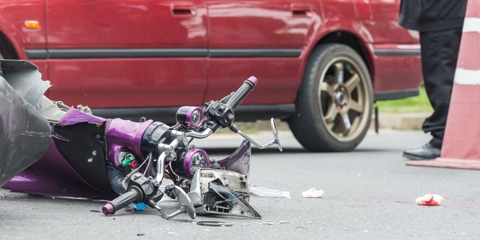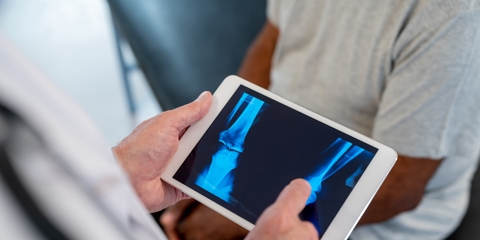Product liability claims can be complex and overwhelming, especially when you've suffered harm or financial loss due to a defective product. Understanding the elements of a product liability claim is crucial to protect your rights and seek the compensation you deserve. In this blog, we will delve into the key elements of a product liability claim, providing you with valuable insights and actionable tips to navigate this challenging process effectively.
1. Existence of a Defect
To initiate a product liability claim, the plaintiff must establish the existence of a defect in the product. There are three main types of defects that can form the basis of a claim:
Design Defects: These occur when there is an inherent flaw in the product's design, making it unreasonably dangerous even when manufactured correctly.
Manufacturing Defects: These defects arise during the manufacturing process, resulting in individual products that deviate from the intended design and pose a danger to consumers.
Marketing Defects (Failure to Warn): This involves a failure to provide adequate warnings or instructions about the potential risks and safe use of the product.
2. Causation
The plaintiff must establish a direct link between the product's defect and the injuries suffered. Causation requires demonstrating that the defect was the proximate cause of the harm and that the injuries would not have occurred but for the defect.
3. Injuries or Damages
For a product liability claim to be valid, the plaintiff must have suffered actual injuries or incurred damages as a result of the defective product. These damages can include medical expenses, lost wages, pain and suffering, and property damage.
4. Reasonable Use of the Product
The plaintiff must show that they were using the product in a reasonable and foreseeable manner when the injury occurred. If the injury resulted from a use beyond the product's intended purpose or in a way that could not have been anticipated, it may impact the viability of the claim.
5. Strict Liability or Negligence
Product liability claims can be pursued under either strict liability or negligence theories:
Strict Liability: This legal doctrine holds manufacturers, distributors, and sellers responsible for defects in their products, regardless of whether they were negligent. The focus is on the condition of the product rather than the conduct of the parties involved.
Negligence: Plaintiffs may also pursue a claim based on negligence, asserting that the defendant failed to exercise reasonable care in designing, manufacturing, or marketing the product.
6. Breach of Warranty
Warranties, either expressed or implied, are assurances made by the seller regarding the quality and safety of the product. If a product fails to meet these warranties and causes harm, the injured party may pursue a claim for breach of warranty.
7. Product Identification
The plaintiff must be able to identify the specific product that caused the injury. This may involve providing details such as the product's model number, manufacturing date, or serial number.
8. Statute of Limitations
Product liability claims are subject to statutes of limitations, which vary by jurisdiction. It is crucial to file a claim within the specified time frame from the date of injury or discovery of the defect to ensure its validity.
Steps in Pursuing a Product Liability Claim:
Document the Incident: Preserve any evidence related to the product defect and the resulting injuries. This may include photographs, medical records, and the product itself.
Seek Medical Attention: Obtain medical treatment for your injuries and keep detailed records of all medical expenses, including hospital bills, medication costs, and rehabilitation expenses.
Identify Responsible Parties: Determine the entities involved in the product's design, manufacturing, distribution, and sale. Potential defendants may include the manufacturer, distributor, retailer, or even the designer.
Consult with an Attorney: Seek the guidance of an experienced product liability attorney who can assess the merits of your case, navigate complex legal processes, and advocate for your rights.
Preserve the Product: Keep the defective product in a safe place to serve as evidence. Do not alter or repair it, as this may impact the strength of your claim.
Gather Documentation: Compile all relevant documents, including purchase receipts, warranty information, and any communication with the product manufacturer or seller.
File a Lawsuit: If negotiations with the responsible parties and their insurers do not lead to a satisfactory resolution, your attorney may file a lawsuit to pursue compensation through the legal system.
Burnetti, P.A. Understands Product Liability
At Burnetti, P.A., we understand the complexities of product liability claims and the challenges you may face as a consumer. Our experienced attorneys are dedicated to helping you navigate this intricate legal landscape and seek the compensation you deserve. Contact us today to schedule a free consultation and learn how we can assist you in your product liability claim.
Remember, understanding the elements of a product liability claim is the first step towards protecting your rights and seeking justice. By familiarizing yourself with these crucial elements and following the tips provided, you can strengthen your case and increase your chances of a favorable outcome.
Call Burnetti, P.A. today at (888) 444-8508 or contact us online.



.jpg)